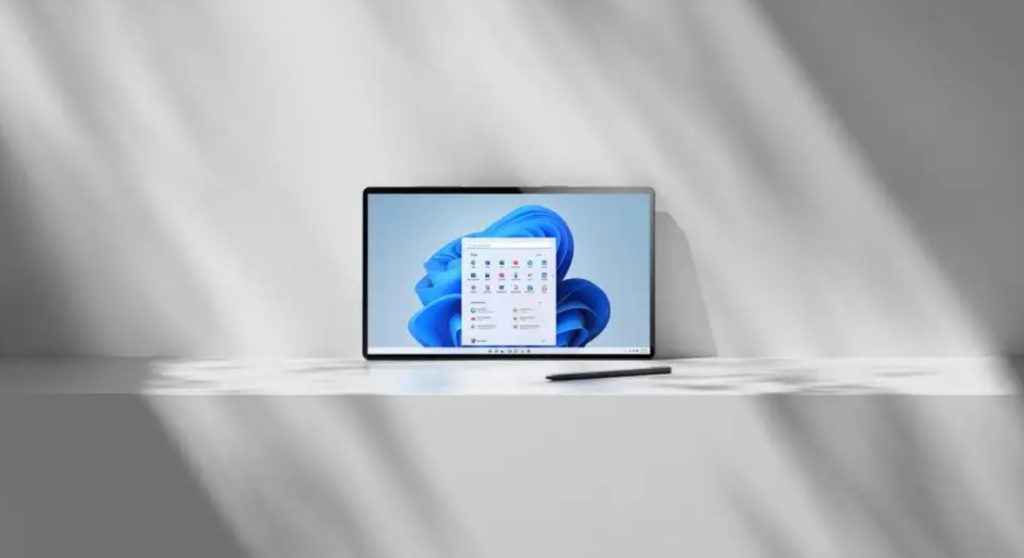
Microsoft is once again shifting the Windows update release schedule. Not long after committing to a once-a-year feature update, the company is now considering releasing a single significant update every three years with up to four smaller feature drops sprinkled in between, according to a Windows Central report.
The recent shift from a twice-a-year cadence to one large update was largely well-received, given the performance issues and bugs that frequently plagued prior releases. It also meant IT admins could relax a bit and only worry about updating systems once a year. Now, Microsoft is giving itself even more time to push out “major” updates while delivering a steady flow of new features to the current Windows version.
By stretching the feature release schedule to every three years, Microsoft should have enough time to work out any issues before pushing out an update that, say, causes printers to crash. The next release is reportedly scheduled for 2024, three years after the release of Windows 11. That means the (codename) Sun Valley 3 client update won’t happen next year, as previously rumored.
Windows users might bemoan the longer wait for major updates, but it’s important to highlight that Microsoft intends to increase the rate of feature drops, or what a clever marketing team is supposedly renaming “Moments” (this term hasn’t been used publicly yet). One of these Moments happened earlier this year, when Microsoft moved the Weather widget to the Taskbar.
The changes will reportedly start with Windows 11 version 22H2, or Sun Valley 2, which will continue the release of new features outside of major OS updates. Windows Central, citing unnamed sources, says Windows will launch these every few months, up to four times, starting in 2023.
It’s not clear whether the changes will apply to Windows 10. Bringing more features exclusively to Windows 11 might entice businesses and individuals to adopt the latest OS version. At the same time, randomly pushing out updates could frustrate large corporations that manage massive fleets of laptops, tablets, and desktops.
Microsoft will hopefully clear things up if, or when, it decides to go public with this new release system. If the company is only pushing out a major release every three years, what does this mean for supporting certain versions of Windows? Will the next major update signal an entirely new OS (Windows 12)? How are companies expected to stay up-to-date on the latest features?
Microsoft has yet to confirm the report, so nothing is set in stone. That said, the company said in February that it was looking into fresh ways of releasing new features for Windows and has already made minor tweaks to its appearance through randomly timed updates.
While it sounds like a nightmare for businesses, I personally hope this moves forward and gives developers the scheduling flexibility required to release consistently stable updates—something Microsoft has failed to deliver in recent years.





























